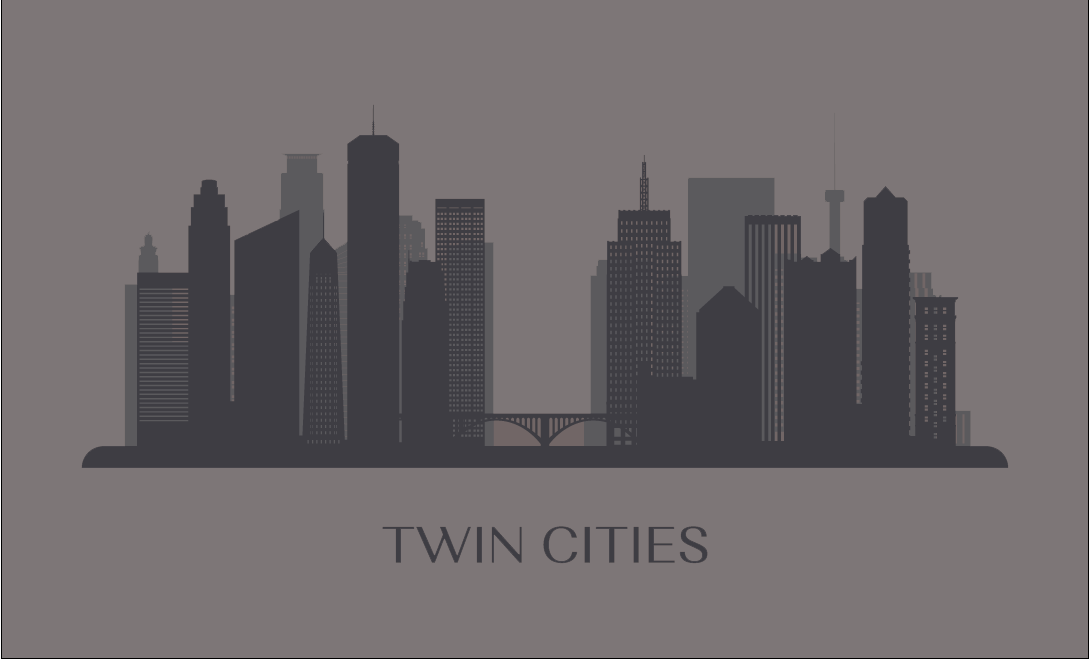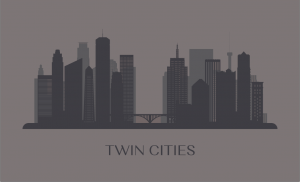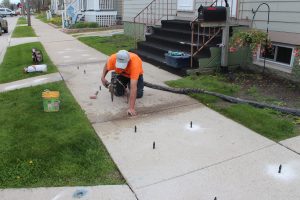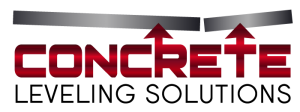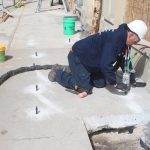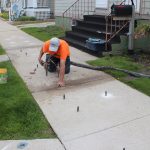Quickly & effectively stabilize your sinking, settling concrete
Leveling concrete is really quite simple… as long as you have the right equipment. Concrete Leveling Solutions has the latest technology in concrete leveling tools. As the picture shows, we will drill small 5/8 inch diameter holes into the concrete slab that needs to be raised. We then run a hose from our custom polyjacking truck to the affected concrete slab. Polyurethane is then injected through the holes to fill any voids underneath, which raises the concrete.
What are Benefits of Polyjacking?
Following are a few of the many benefits in using polyjacking:
- Prevents recurring settlement
- Long-term solution
- Polyurethane foam expands and fills in voids and gaps
- Polyurethane foam is moisture resistant, therefore it will not break down and wash away
- Polyurethane foam creates its own hydraulic lift so we can control the lifting process precisely to within 10/1000th of an inch
- Polyurethane has a fast curing time concrete can be used 15 minutes after injection
- Polyurethane’s compressive strength provides a solid and dense product to permanently support the concrete
- Polyurethane seals the underside of concrete pavement eliminating water penetration and erosion issues
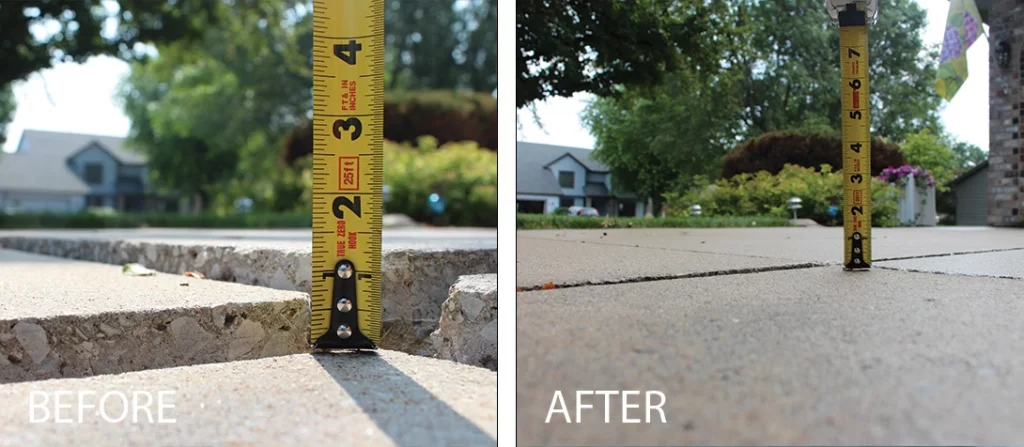
Polyjacking/Mudjacking Service Area
Minneapolis–Saint Paul is a metropolitan area in the Upper Midwestern United States centered around the confluence of the Mississippi, Minnesota and St. Croix rivers in the U.S. state of Minnesota. It is commonly known as the Twin Cities after the area’s two largest cities, Minneapolis and Saint Paul.
More Amazing Posts About Polyjacking MN
Minneapolis Polyjacking | Concrete Lifting
Quickly & effectively stabilize your sinking, settling concrete Leveling concrete...
Average Cost to Raise and Level Concrete
Average Cost to Raise and Level Concrete The greatest advantage...
Concrete Leveling Cost
Concrete Leveling Cost Calculator 2023 : Evaluate Concrete Mudjacking Prices...
Concrete Leveling, Concrete Raising And Mudjacking
Concrete Leveling, Concrete Raising And Mudjacking Content – Concrete Leveling...
